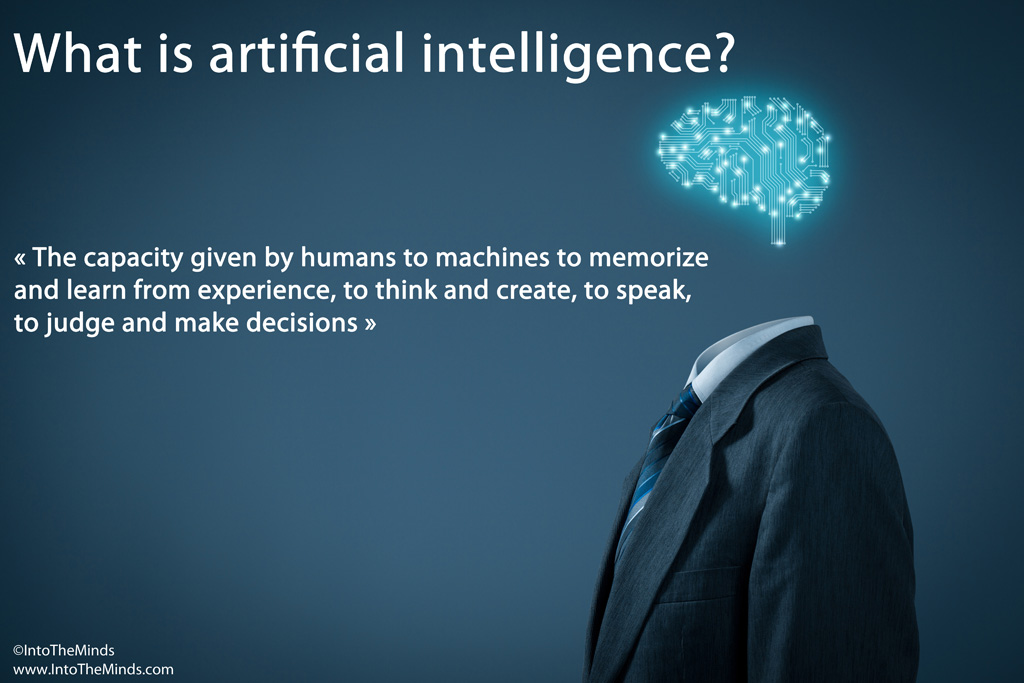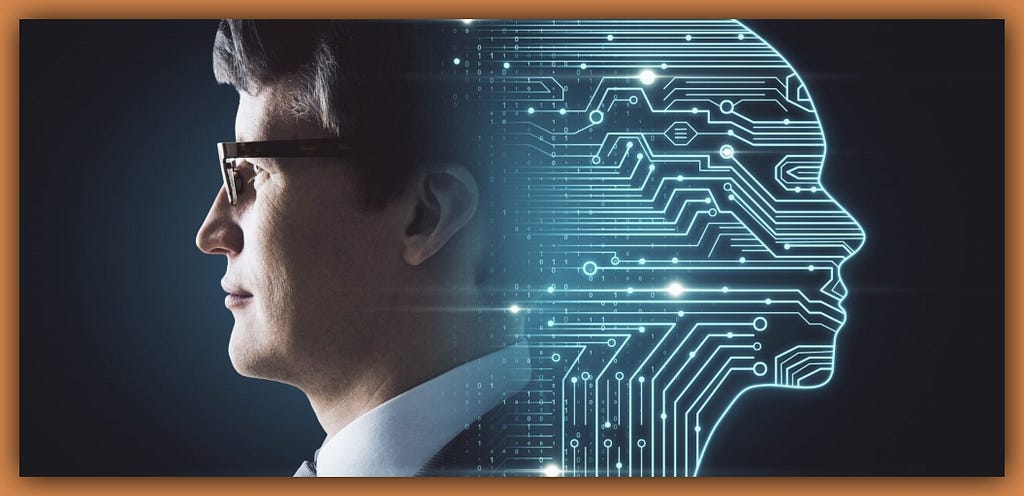The Ultimate Guide to AI: Unveiling Its Types, History, Latest Advancements, and Practical Applications
Introduction
Artificial Intelligence (AI) has become an integral part of our lives, revolutionizing various industries and enhancing human capabilities. In this comprehensive blog, we will delve into the fascinating world of AI, exploring its different types, applications, historical development, and the latest advancements. Whether you are a tech enthusiast or someone looking to harness the power of AI, this blog will provide you with a wealth of knowledge and practical insights.
What is Artificial Intelligence?
Artificial Intelligence, often abbreviated as AI, refers to the simulation of human intelligence in machines that are programmed to think, learn, and problem-solve like humans. AI encompasses a broad range of technologies, including machine learning, natural language processing, computer vision, robotics, and more. It aims to enable machines to perform tasks that typically require human intelligence, such as speech recognition, decision-making, and pattern recognition.
Understanding the Types of AI
AI can be categorized into various types based on its capabilities and functionalities. Let's explore some of the key types of AI:
1. Reactive Machines
Reactive machines are the most basic type of AI systems that do not possess memory or the ability to learn from past experiences. These machines operate solely based on the current input and do not have any concept of the past or future. They excel at specific tasks and can exhibit remarkable intelligence in those domains. However, they lack the ability to generalize knowledge beyond their predefined tasks.
2. Limited Memory
Unlike reactive machines, limited memory AI systems can retain information from the past to make informed decisions in the present. These systems can store a limited amount of data and use it to enhance their performance. Limited memory AI is often used in applications such as self-driving cars, where past data can be used to make real-time driving decisions.
3. Theory of Mind
The theory of mind is an advanced form of AI that involves developing machines with the ability to understand and infer the mental states of other entities. This type of AI strives to build machines that can recognize emotions, intentions, beliefs, and desires, allowing them to interact more effectively with humans. While still in its nascent stages, the theory of mind holds great potential for improving human-machine interactions.
4. Self-aware AI
Self-aware AI represents the most sophisticated level of artificial intelligence. This type of AI possesses consciousness and self-awareness, enabling it to understand its own existence, thoughts, and emotions. Self-aware AI is purely theoretical at present and remains a topic of exploration in the field of AI research.
The History of AI
The history of AI dates back to ancient times when humans first started contemplating the concept of artificial beings. Let's take a journey through the key milestones that have shaped the development of AI:
1. Ancient Mythology and Philosophy
Ancient mythology and philosophy often explored the idea of artificial beings endowed with intelligence. From the mythical creatures crafted by Hephaestus in Greek mythology to the tales of Golems in Jewish folklore, the concept of artificial life has captivated human imagination for centuries.
2. The Birth of Modern AI
The birth of modern AI can be traced back to the mid-20th century when the foundations of AI were laid by visionaries and pioneers. In 1950, Alan Turing proposed the famous "Turing Test" as a measure of a machine's ability to exhibit intelligent behavior indistinguishable from that of a human. This milestone paved the way for further advancements in AI research.
3. The AI Winter
During the late 1960s and 1970s, the field of AI faced a period of reduced funding and disillusionment known as the "AI Winter." Progress in AI research was slower than anticipated, leading to skepticism and decreased interest in the field. However, this phase also laid the groundwork for future breakthroughs by highlighting the challenges and limitations of early AI systems.
4. Rise of Expert Systems
In the 1980s, AI research experienced a resurgence with the development of expert systems. These systems utilized knowledge representation techniques to solve complex problems in specific domains. Expert systems proved to be successful in areas such as medical diagnosis, but their limitations in handling uncertainty and adapting to new situations eventually led to their decline in popularity.
5. Machine Learning and Neural Networks
The 1990s witnessed significant progress in AI research with the emergence of machine learning algorithms and neural networks. Machine learning algorithms enabled computers to learn from data and make predictions or decisions without being explicitly programmed. Neural networks, inspired by the human brain, became instrumental in solving complex problems such as image recognition and natural language processing.
6. Deep Learning and AI Today
The breakthroughs in machine learning and neural networks set the stage for the rise of deep learning, a subfield of machine learning that focuses on training artificial neural networks with multiple layers. Deep learning algorithms have achieved remarkable successes in diverse applications, including computer vision, speech recognition, and natural language processing. Today, AI is a thriving field with continuous advancements and groundbreaking innovations shaping the future.
Latest Advancements in AI
AI is a rapidly evolving field, witnessing remarkable advancements on a regular basis. Here are some of the latest developments in the world of AI:
1. Generative Adversarial Networks (GANs)
Generative Adversarial Networks (GANs) have gained significant attention in recent years. GANs consist of two neural networks—an AI generator and an AI discriminator—that work in tandem. The generator creates synthetic data, such as images, while the discriminator evaluates the authenticity of the generated data. GANs have been used to create highly realistic images, enhance image resolution, and even generate synthetic voices.
2. Natural Language Processing (NLP) Advancements
Natural Language Processing (NLP) has witnessed significant advancements, thanks to deep learning models like transformers. These models, such as OpenAI's GPT-3, have demonstrated impressive language understanding and generation capabilities. NLP has found applications in chatbots, language translation, sentiment analysis, and content generation.
3. Reinforcement Learning Breakthroughs
Reinforcement learning, a subfield of machine learning, has seen notable breakthroughs, particularly in the domain of game playing. DeepMind's AlphaGo and AlphaZero showcased exceptional game-playing abilities by defeating world champions in Go, chess, and other complex games. Reinforcement learning is also being applied to robotics and autonomous systems to enable them to learn through trial and error.
4. AI in Healthcare
The healthcare industry is leveraging AI to improve diagnostics, treatment planning, and patient care. AI-powered medical imaging systems can analyze medical images with high precision, aiding radiologists in detecting abnormalities and assisting in the early detection of diseases. Additionally, AI algorithms can mine vast amounts of medical data to identify patterns, predict outcomes, and support clinical decision-making.
5. Ethical Considerations in AI
As AI becomes more pervasive, ethical considerations are gaining prominence. There is a growing focus on developing AI systems that are transparent, fair, and accountable. Researchers and policymakers are actively exploring ways to mitigate biases in AI algorithms, ensure privacy and data protection, and establish guidelines for responsible AI development and deployment.
How to Use AI in Various Domains
AI has the potential to transform numerous industries and domains. Let's explore how AI is being utilized in different sectors:
1. Healthcare
In healthcare, AI is being used for medical image analysis, drug discovery, personalized medicine, patient monitoring, and virtual nursing assistants. AI algorithms can analyze vast amounts of patient data to identify disease patterns, predict treatment outcomes, and assist in clinical decision-making, ultimately improving patient care and outcomes.
2. Finance
AI is reshaping the finance industry by automating processes, detecting fraudulent activities, optimizing investment strategies, and providing personalized financial advice. AI-powered chatbots and virtual assistants are enhancing customer interactions and streamlining financial services.
3. Transportation
The transportation sector is embracing AI for autonomous vehicles, traffic optimization, predictive maintenance, and logistics management. Self-driving cars, enabled by AI technologies, have the potential to revolutionize transportation, improving road safety and efficiency.
4. Education
AI is revolutionizing education by personalizing learning experiences, providing intelligent tutoring, and automating administrative tasks. Adaptive learning platforms use AI algorithms to tailor educational content and assessments to individual students' needs, promoting effective learning outcomes.
5. Retail
In the retail industry, AI is being used for demand forecasting, inventory management, personalized marketing, and customer service. AI-powered recommendation systems analyze customer data to provide tailored product suggestions, enhancing customer satisfaction and driving sales.
FAQs
1. How is AI different from Machine Learning?
AI is a broader field that encompasses various technologies, including machine learning. While AI aims to simulate human intelligence in machines, machine learning focuses on algorithms that allow machines to learn from data and make predictions or decisions without explicit programming.
2. Is AI a threat to human jobs?
While AI has the potential to automate certain tasks and job roles, it also creates new opportunities. AI can augment human capabilities, improve productivity, and enable humans to focus on higher-value tasks that require creativity and critical thinking.
3. Can AI surpass human intelligence?
The development of AI systems that surpass human intelligence, often referred to as Artificial General Intelligence (AGI), is still a subject of ongoing research. While AI has made significant progress, achieving AGI remains a complex and challenging goal.
4. How is AI regulated?
AI regulation varies across different countries and jurisdictions. Some aspects, such as data privacy and ethical considerations, are covered by existing laws and regulations. However, there are ongoing discussions and efforts to establish comprehensive frameworks for AI governance and accountability.
5. What are the ethical concerns related to AI?
Ethical concerns in AI include issues such as bias in algorithms, privacy and data protection, transparency, accountability, and the potential societal impact of AI. Addressing these concerns is crucial to ensure the responsible development and deployment of AI technologies.
6. What are the future prospects of AI?
The future of AI holds immense possibilities. Advancements in AI are expected to drive innovation in areas such as healthcare, education, transportation, and more. As AI continues to evolve, it will likely become more integrated into our daily lives, transforming industries and shaping the way we live and work.
Conclusion
In conclusion, AI has revolutionized the world with its ability to replicate human intelligence in machines. From its humble beginnings to the latest advancements, AI has come a long way, transforming various industries and opening up new horizons. Understanding the different types of AI, its historical development, and the latest trends empowers us to harness its potential effectively. As AI continues to evolve, it is essential to navigate the ethical considerations and utilize this technology responsibly for the benefit of humanity






No comments:
Post a Comment